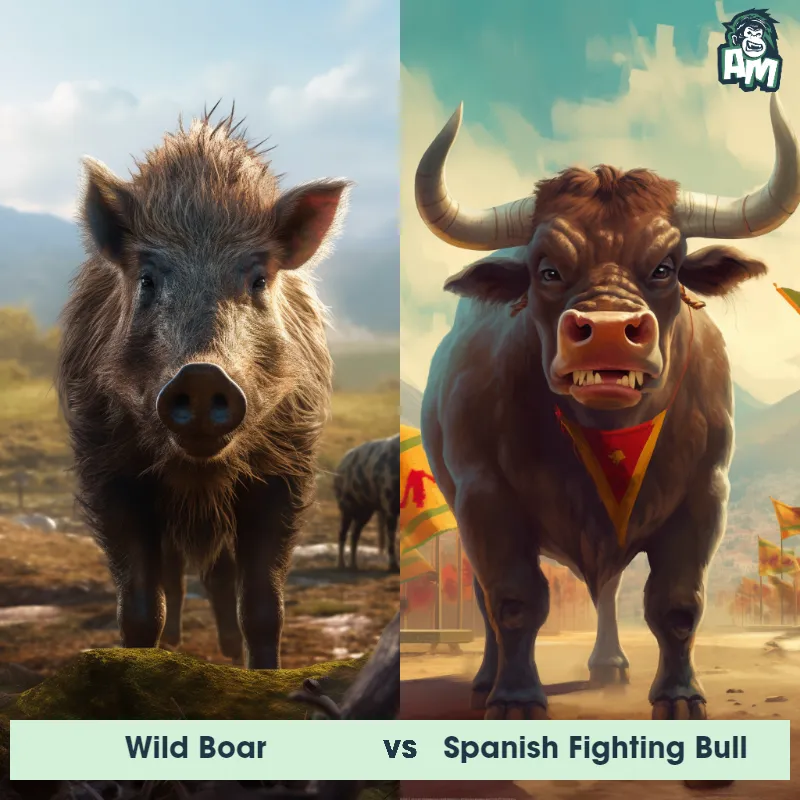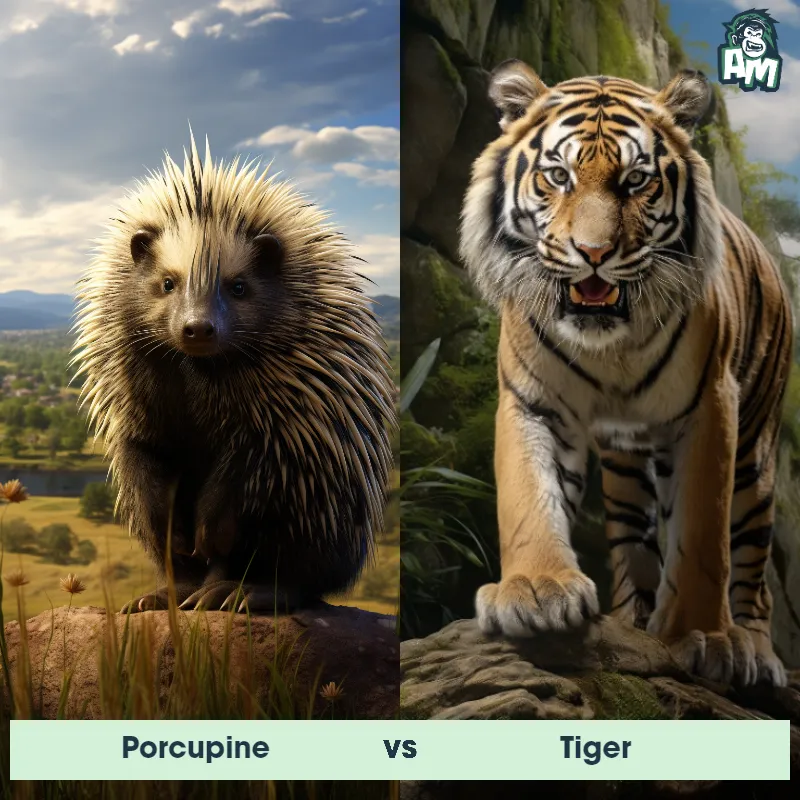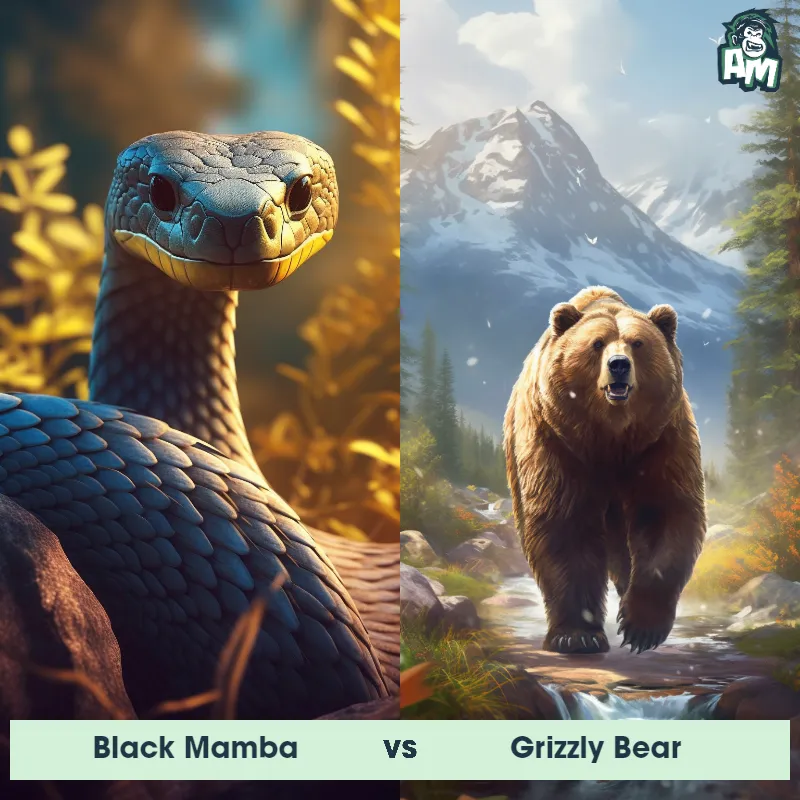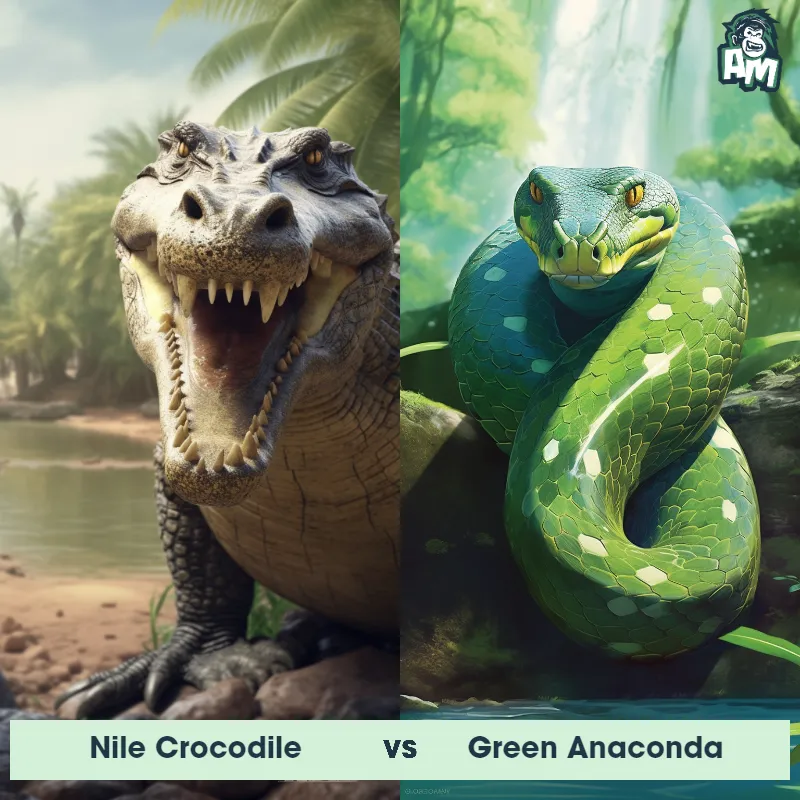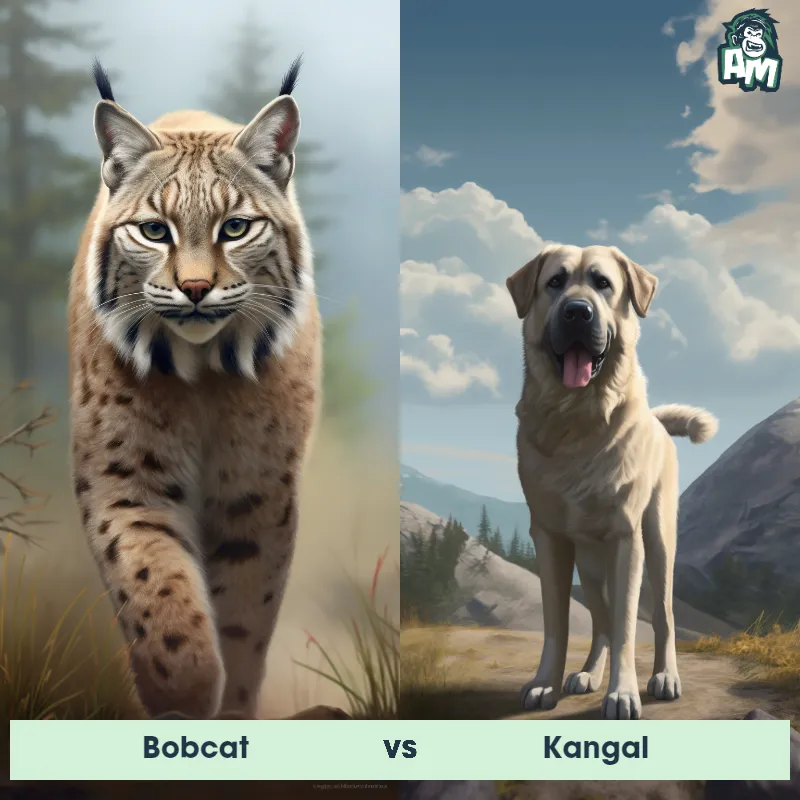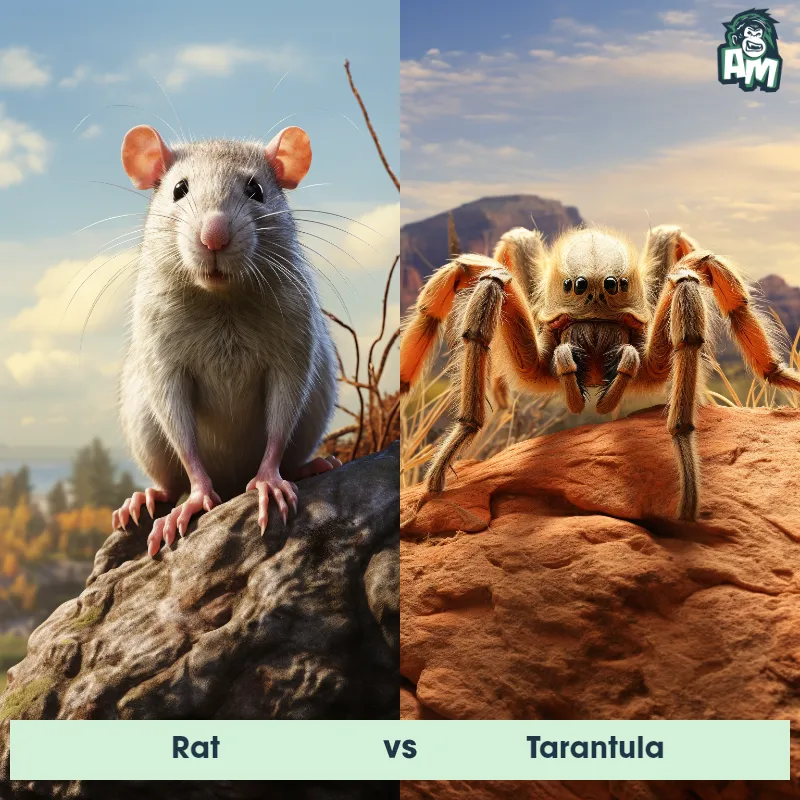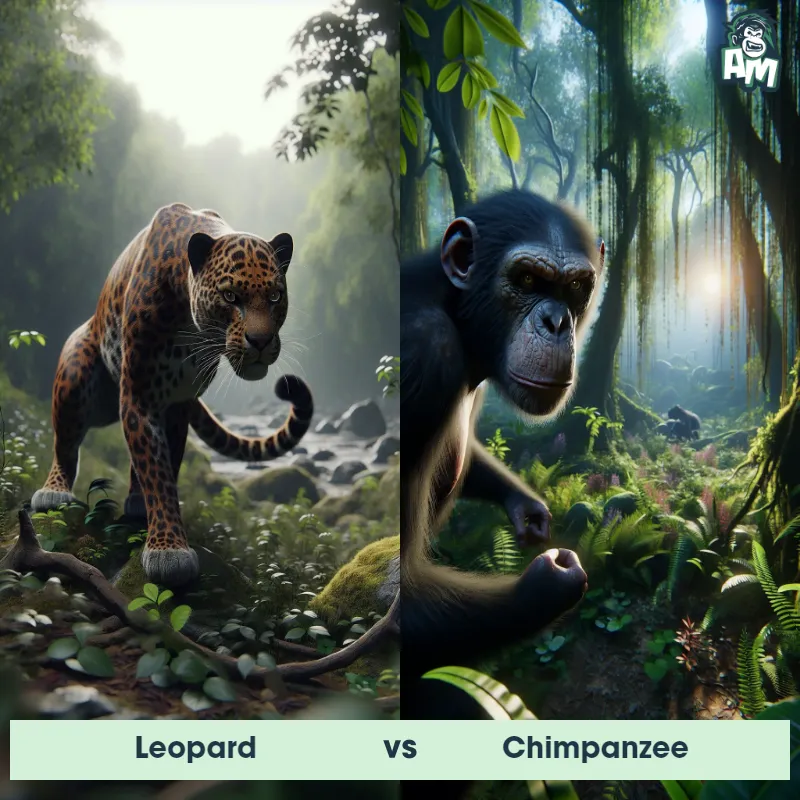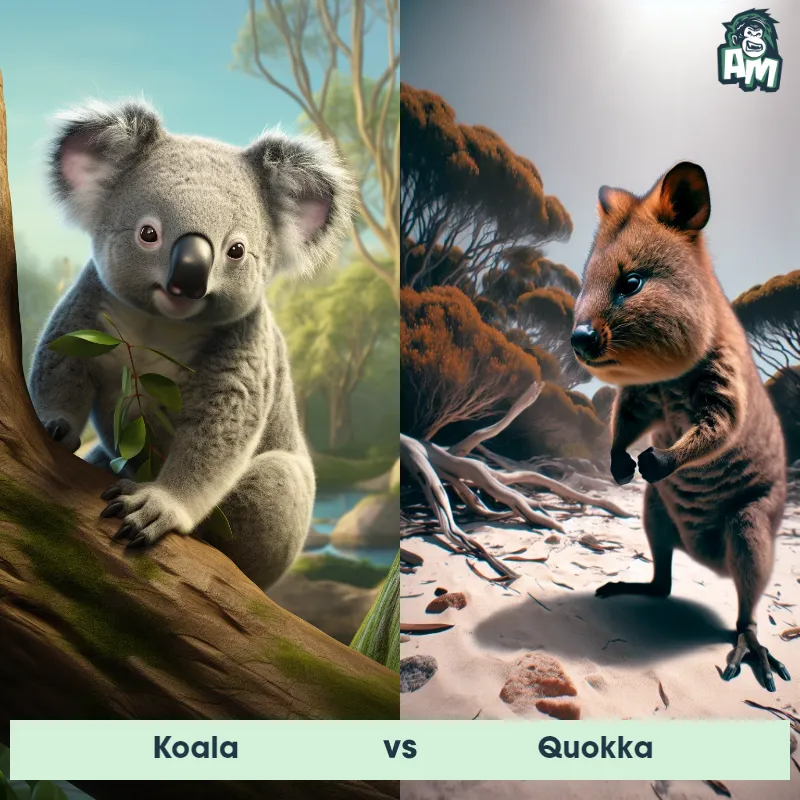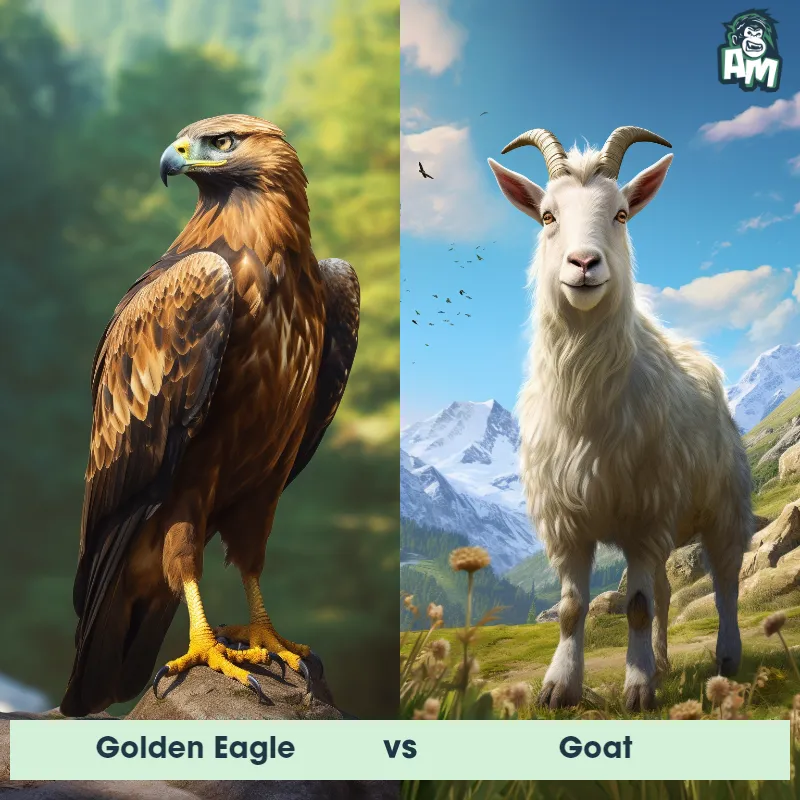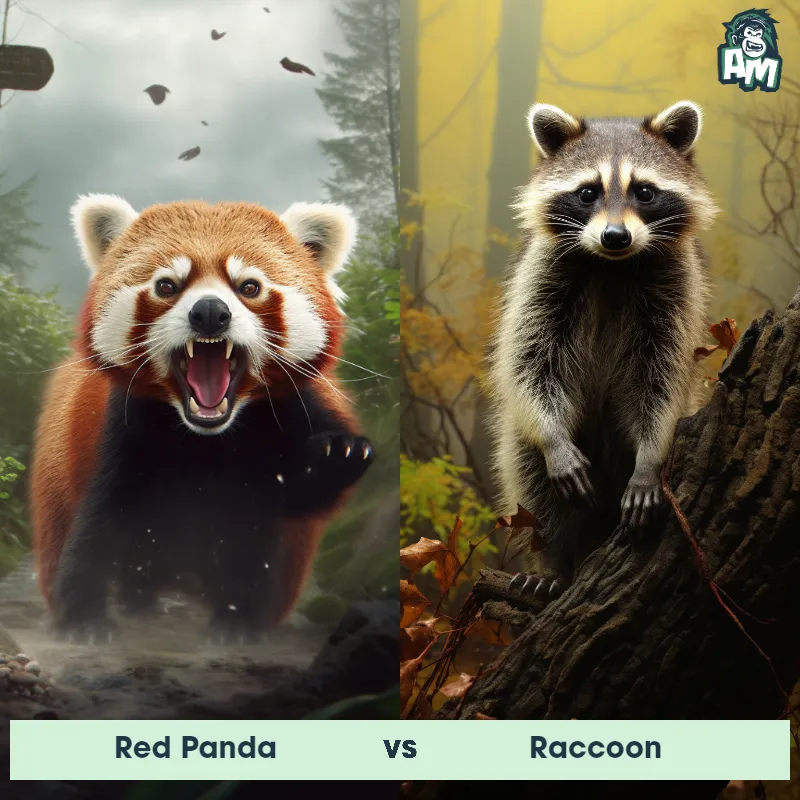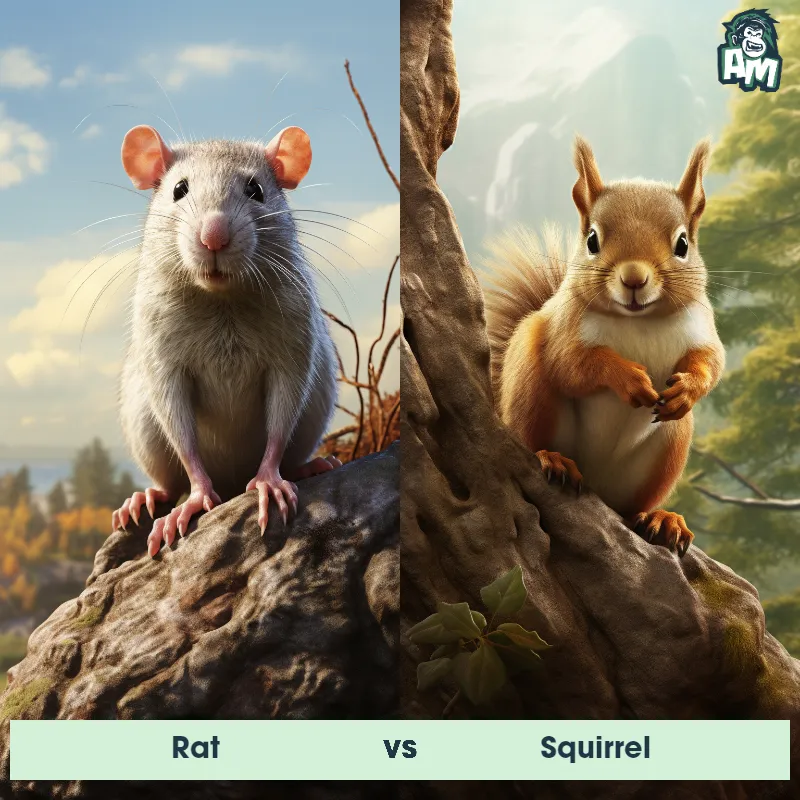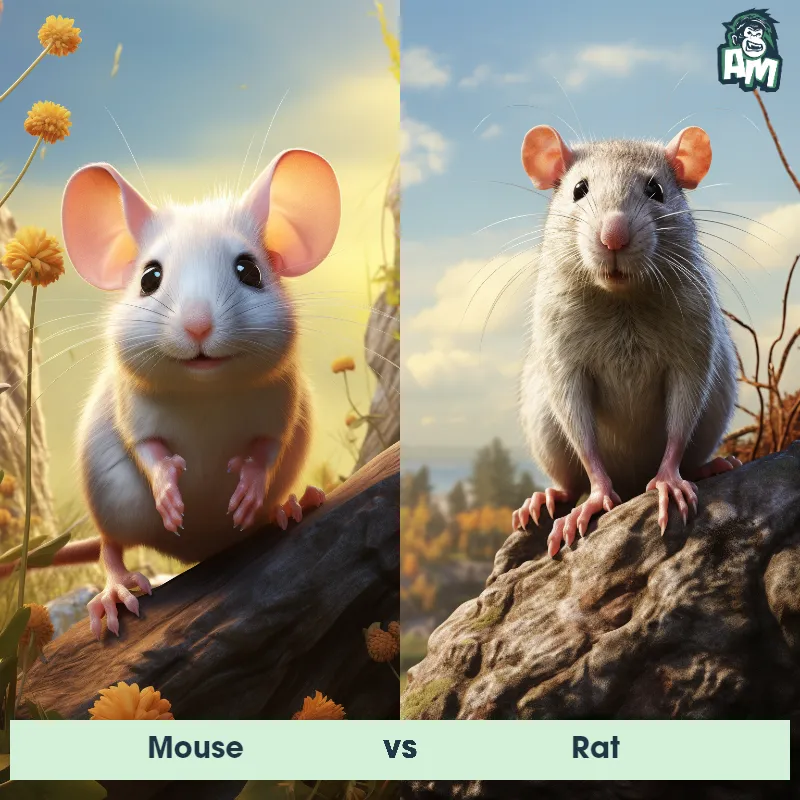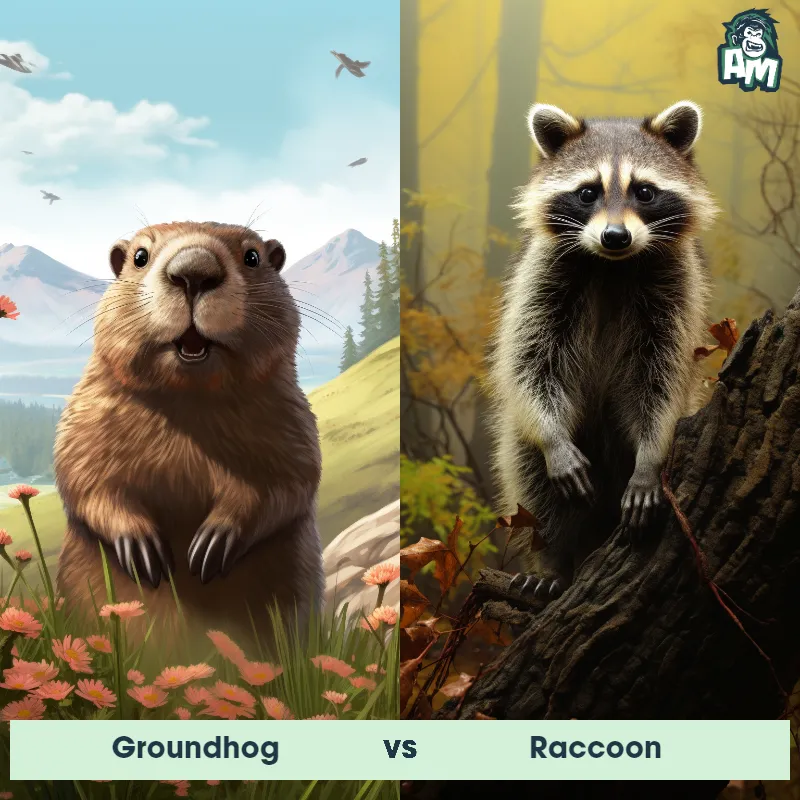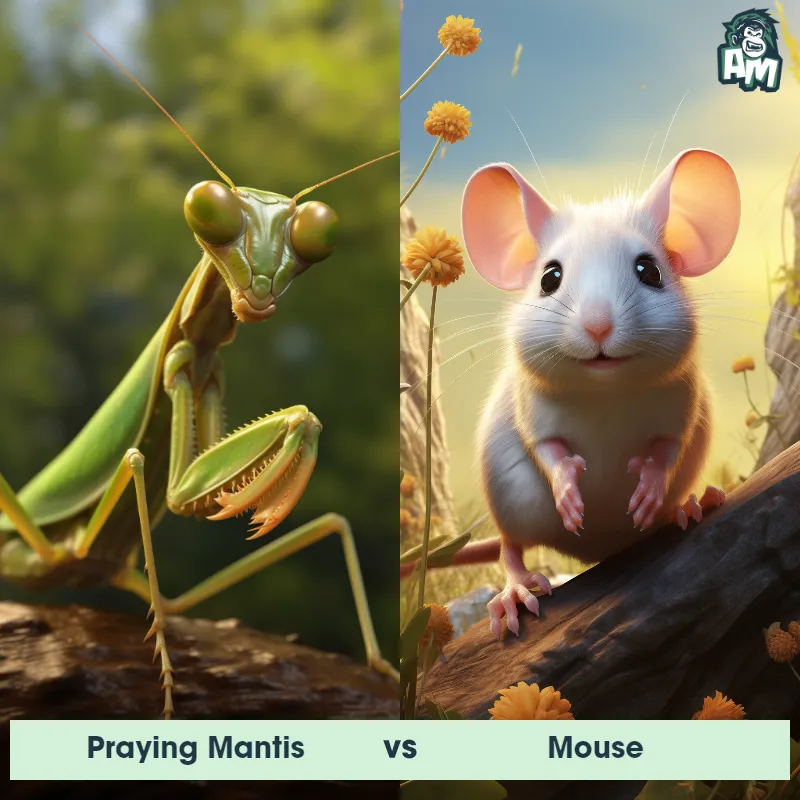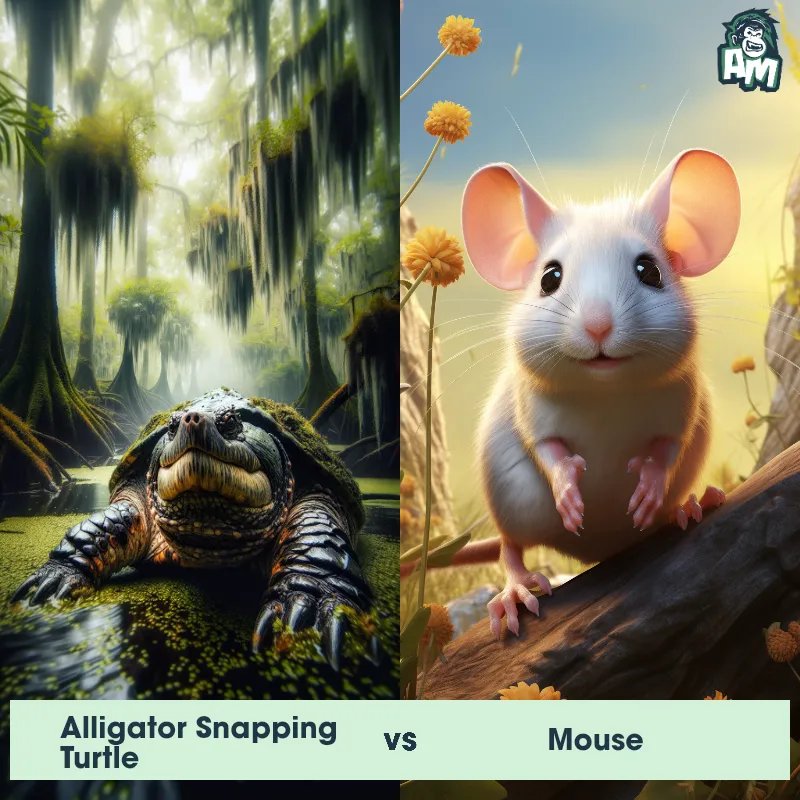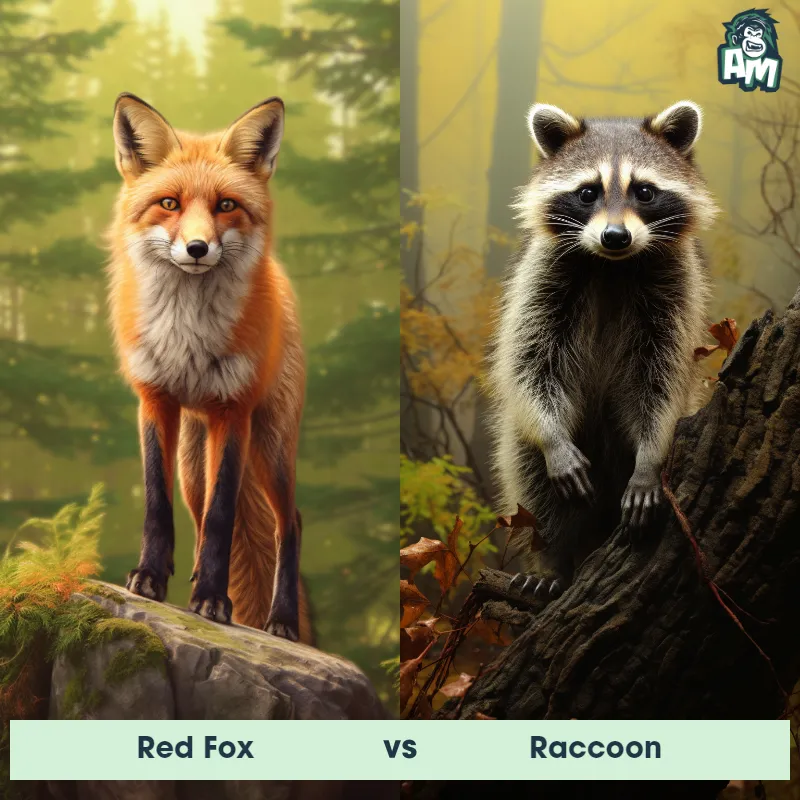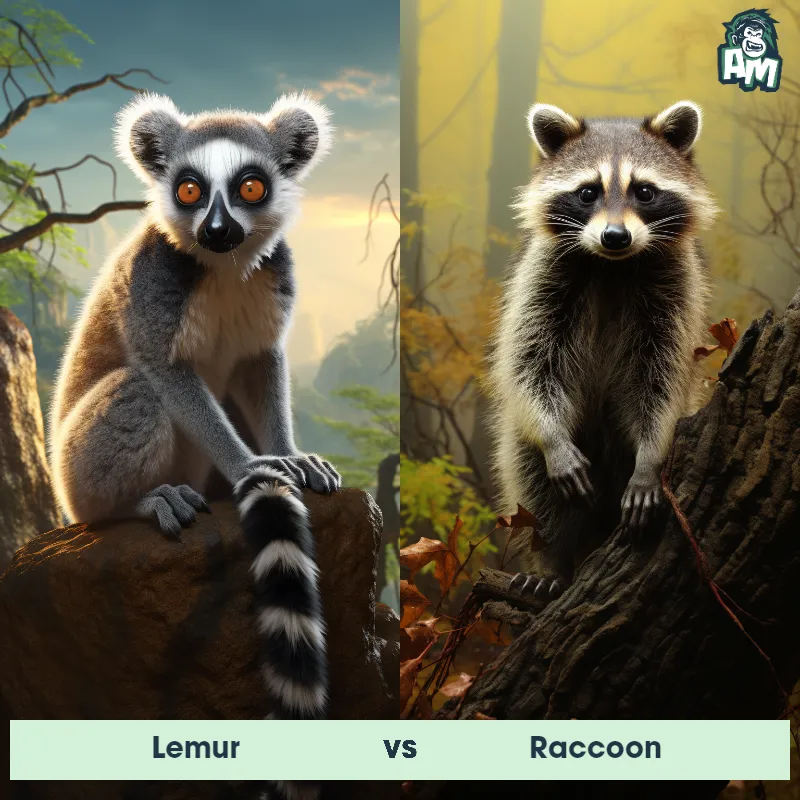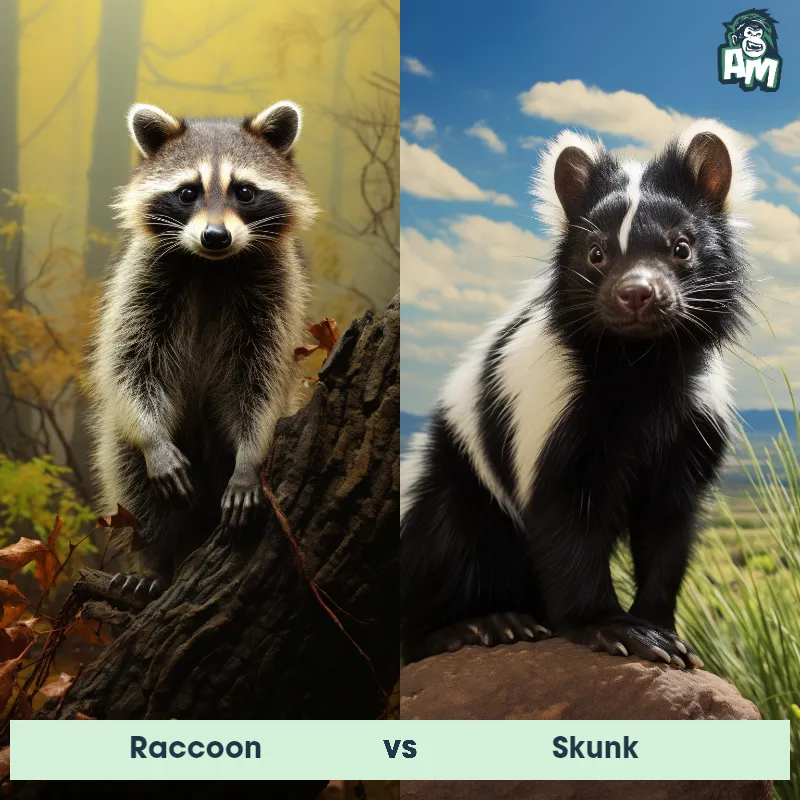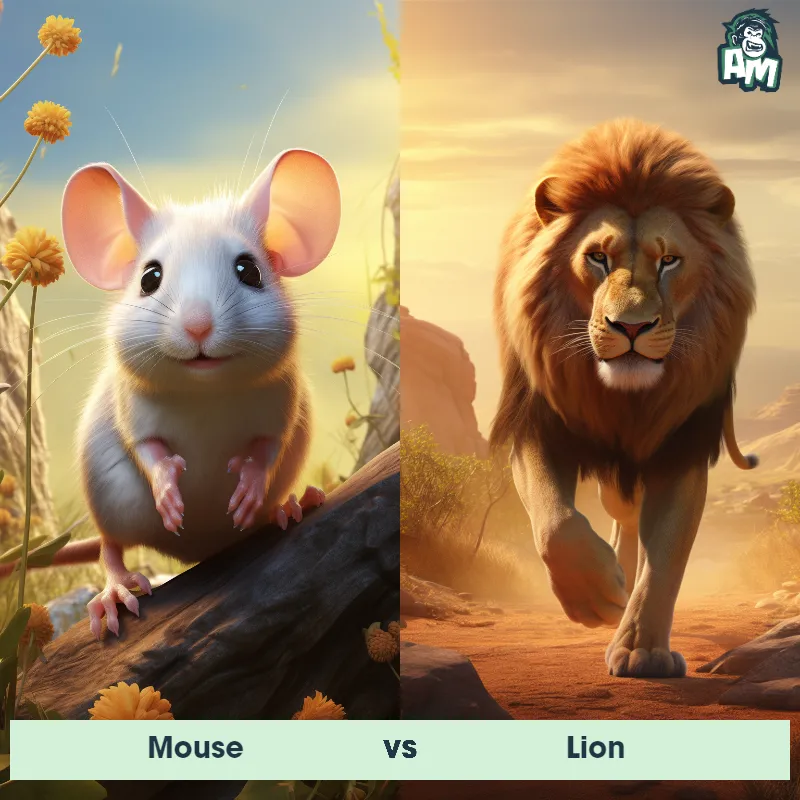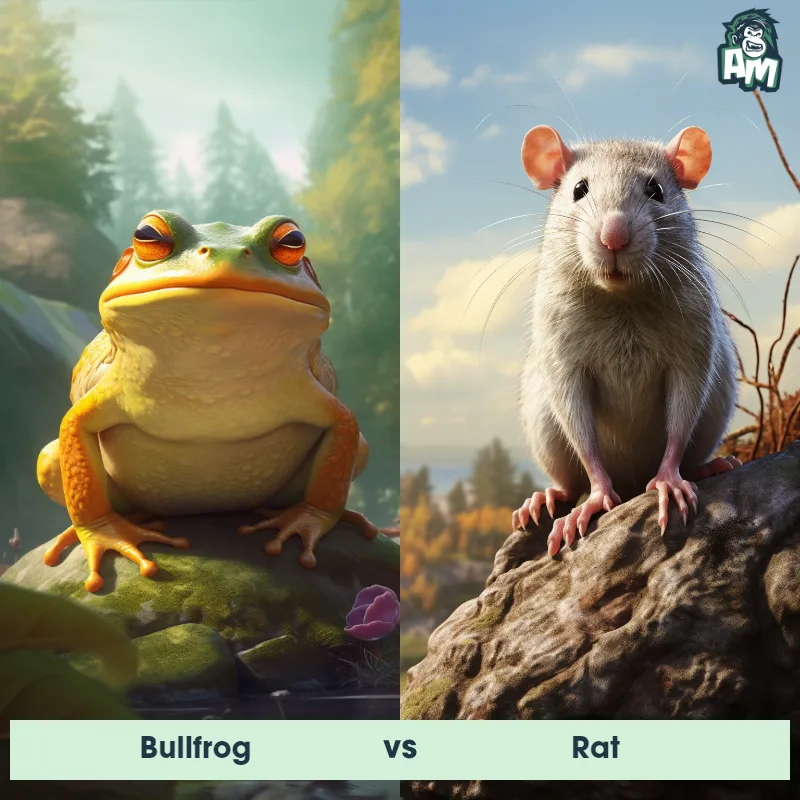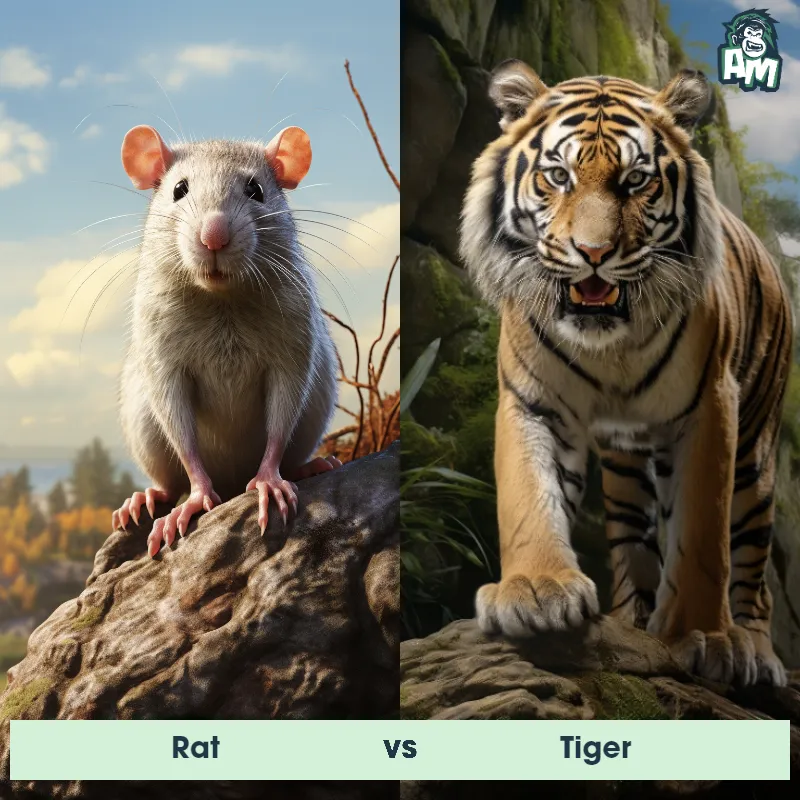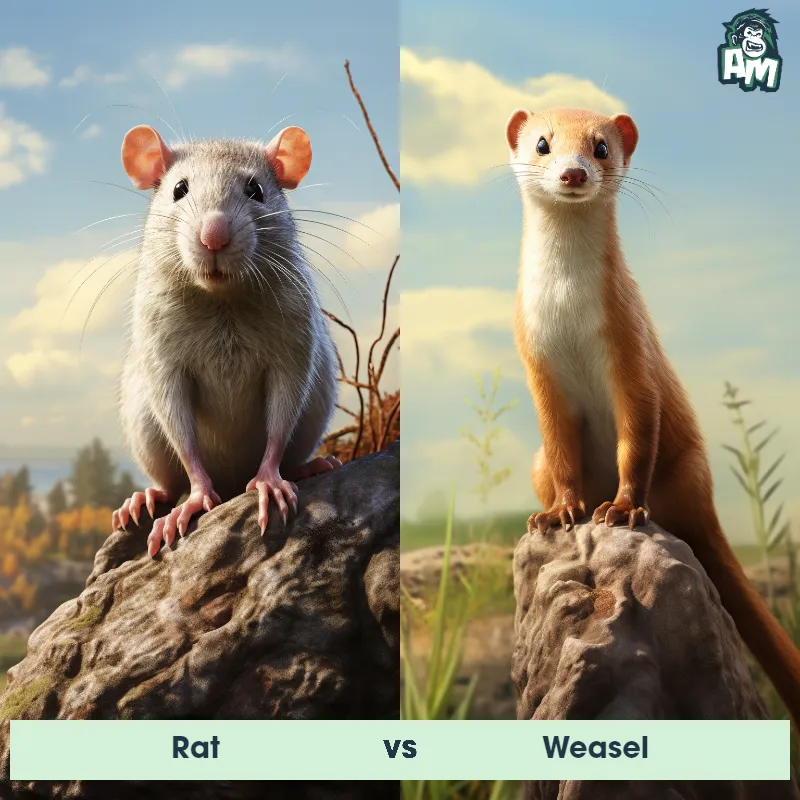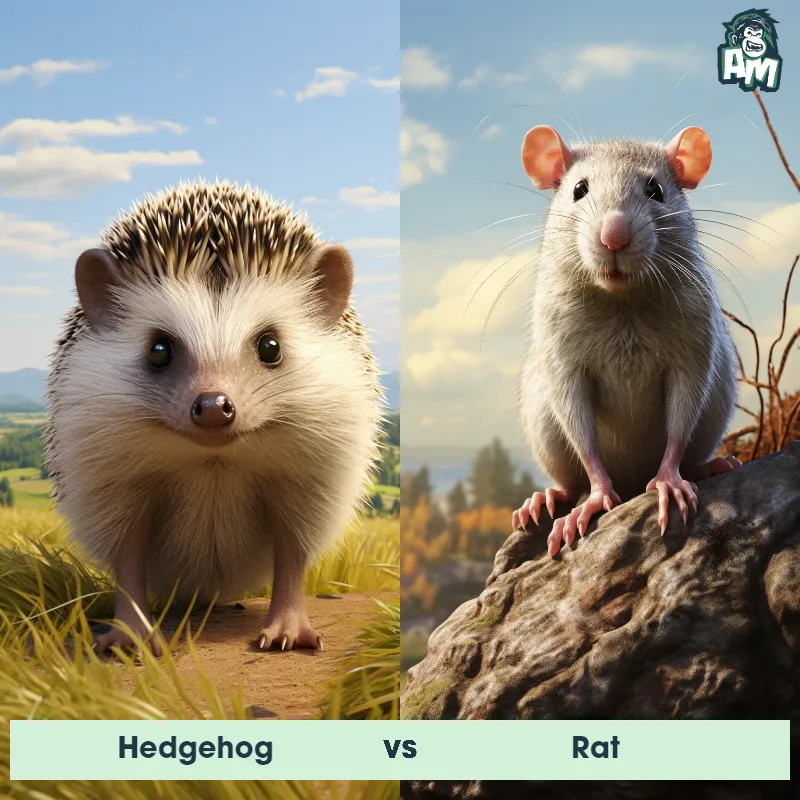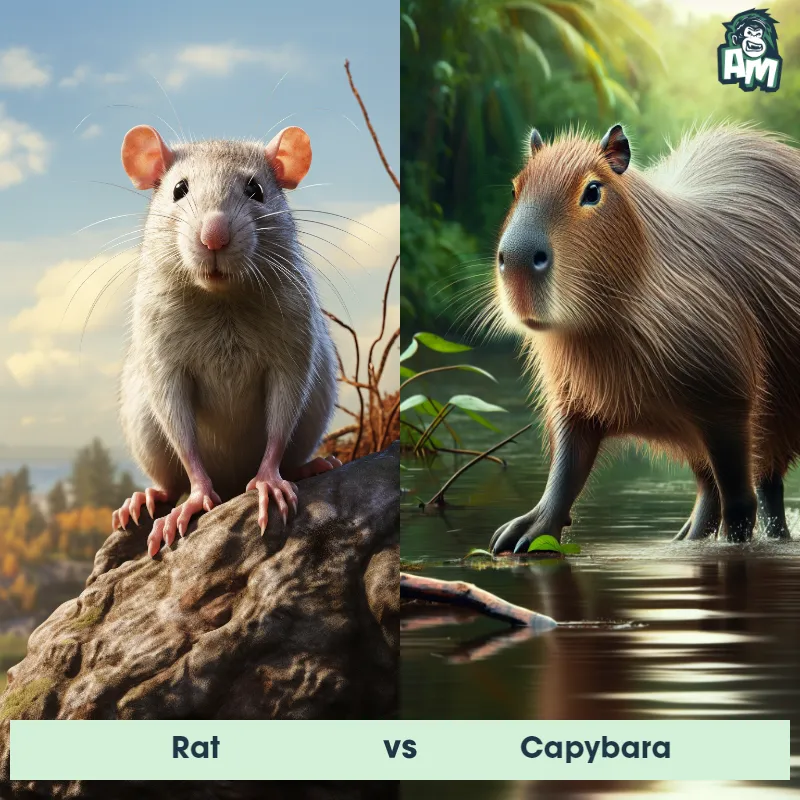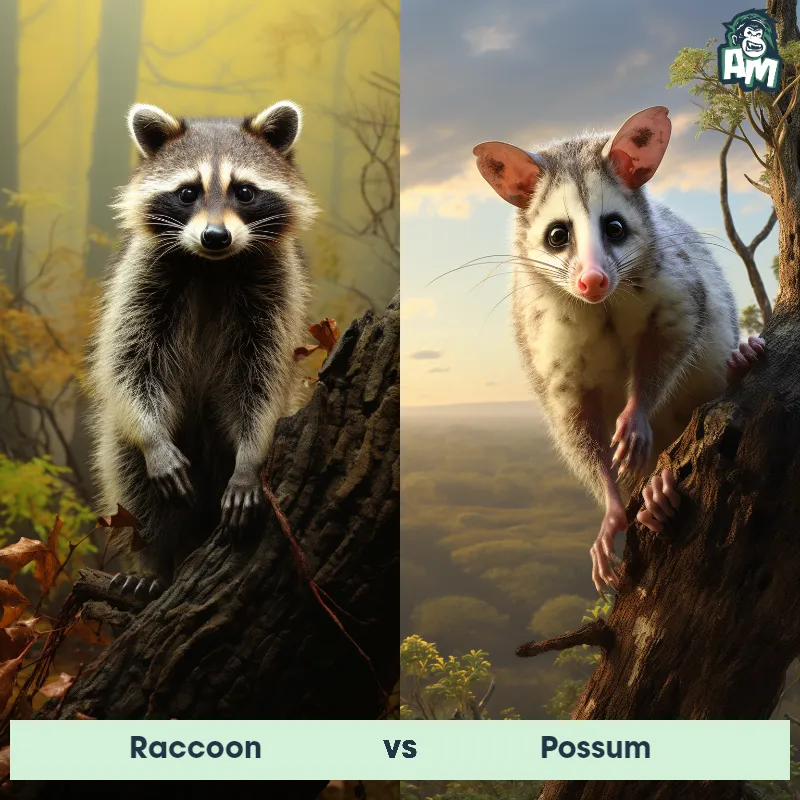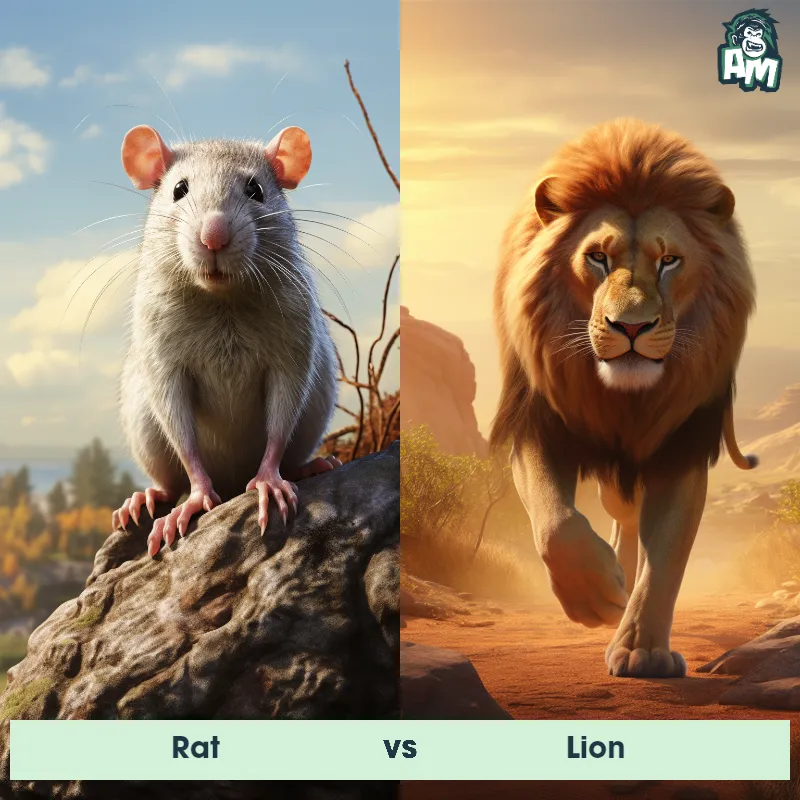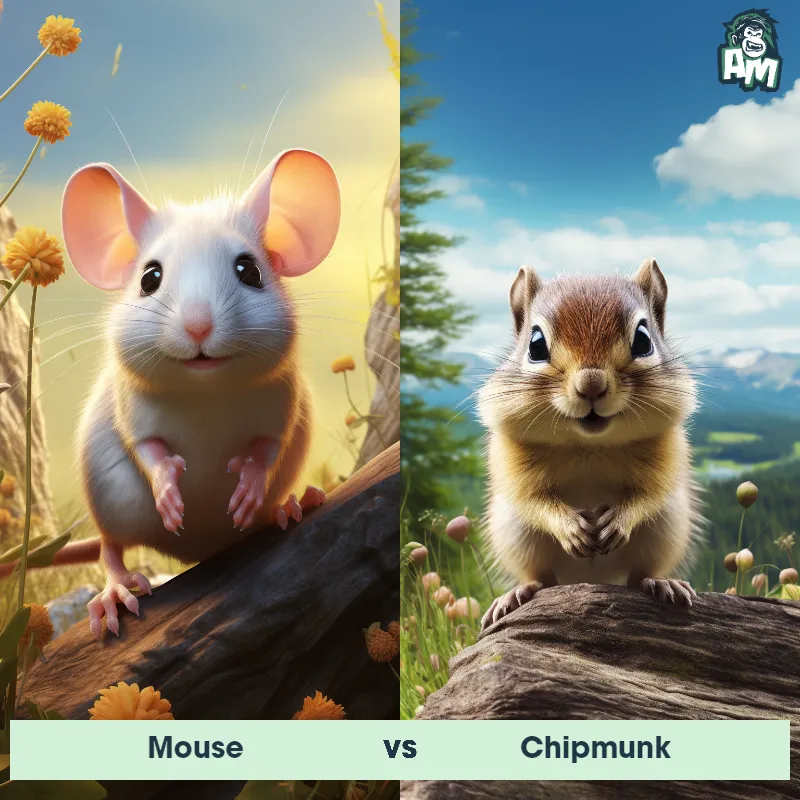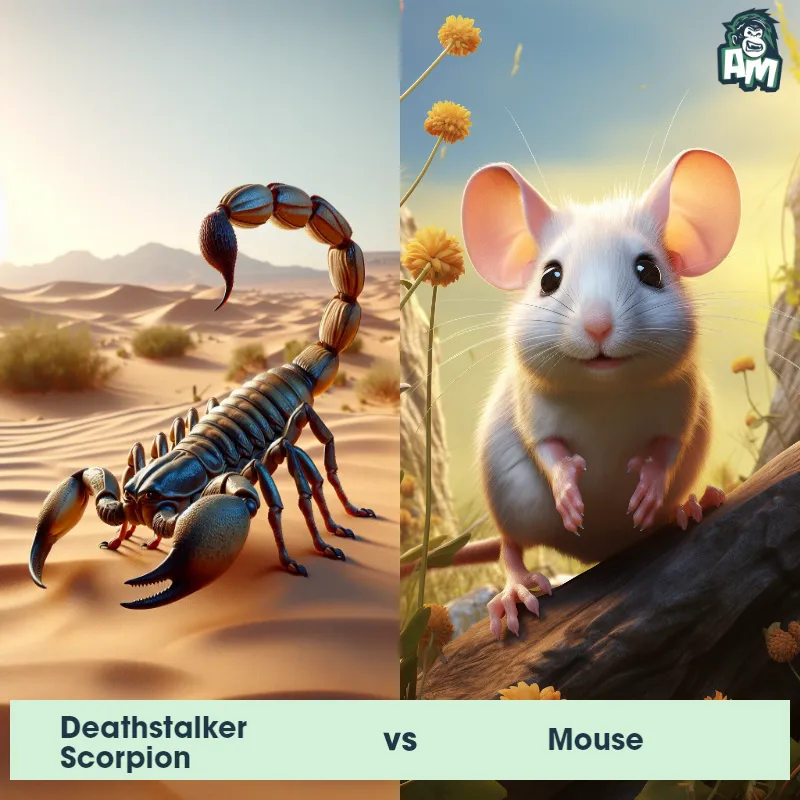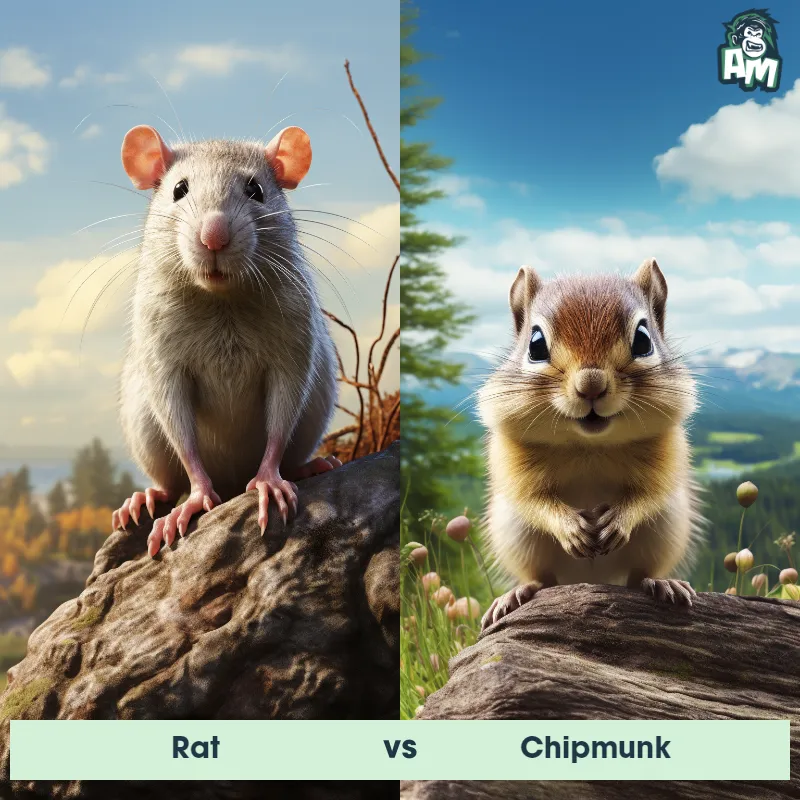Rat vs RaccoonSee Who Wins

Ladies and gentlemen, buckle up for a fascinating skirmish between two fierce contenders of the animal kingdom! On one side, we've got the nimble and savvy contestant, the Rat. On the other, the cunning and adaptable fighter, Raccoon. Who will rule the day? Let's find out!
Contender 1: Rat
The Rat is a medium-sized, long-tailed rodent, renowned for its adaptability to various environments. Common species include the larger brown rat (also known as the Norway rat) and the smaller black rat. Rats typically range from 9 to 11 inches in body length, with a tail length that's about the same. They have robust bodies, pointed snouts, and small, hairless ears. Rats are omnivores, with a diet that can include grains, fruits, vegetables, meat, and eggs, and they have a strong instinct to gnaw, which keeps their constantly growing teeth in check.
Fun Fact: Rats have excellent memories, and once they learn a navigational route, they won't forget it.
Contender 2: Raccoon
The Raccoon is a medium-sized mammal native to North America, best known for its distinctive black "mask" over the eyes and bushy, ringed tail. These nocturnal creatures have a stocky build and grayish-brown fur. Raccoons are about 2 to 3 feet long and weigh between 10 to 20 pounds. Known for their dexterity, raccoons have nimble hands that they use for a variety of tasks, including opening trash cans and doors, which leads to their reputation as opportunistic feeders and scavengers.
Fun Fact: Raccoons are noted for their intelligence, with studies showing that they are able to remember the solution to tasks for up to three years.
Matchup Stats
| Rat | Raccoon | |
|---|---|---|
| Size | 9 to 11 inches (22.86 to 27.94 cm) | 2 to 3 feet long (60 to 90 centimeters) |
| Weight | 0.77 to 1.1 lbs (350 to 500 grams) | 10 to 20 pounds (4.5 to 9 kilograms) |
| Speed | 7mph (11km/h) | 15mph (24km/h) |
| Key Strength | Strong instinct to gnaw | Dexterity and intelligence |
| Biggest Weakness | Small size and lack of defensive mechanisms | Lack of size and strength compared to larger predators |
Current Votes
Rat vs Raccoon
See Who Wins
View More Matches
Looking For More?
Similar Matches
Scientific Stats
| Rat | Raccoon | |
|---|---|---|
| Scientific Name | Rattus | Procyon lotor |
| Family | Muridae | Procyonidae |
| Habitat | Various environments, including urban areas, forests, and fields | Forests, mountainous areas, coastal marshes, and urban areas |
| Geography | Worldwide, except for Arctic and Antarctic regions | North America |
| Diet | Omnivorous (grains, fruits, vegetables, meat, eggs) | Omnivorous, eating berries, insects, eggs, and small animals, as well as trash and pet food in urban areas |
| Lifespan | 1 year - 4 years | 1.5 years - 3 years |
Key Differences between Rat and Raccoon
- Ears: Raccoons have rounded and prominent ears that are covered in fur. In contrast, rats have larger and more prominent ears that are hairless and often appear translucent.
- Size: Raccoons are significantly larger than rats, with adults typically measuring around 2-3 feet in length, including their tail, while rats are much smaller, averaging around 6-10 inches in length, excluding their tail.
- Tail: Raccoons have a bushy and ringed tail, which can make up about 50% of their total body length. Rats, on the other hand, have a long and hairless tail that is shorter in comparison to their body length.
- Facial Features: Raccoons are characterized by their distinct facial mask, which consists of dark fur around their eyes that contrasts with their lighter facial fur. In contrast, rats have a more uniform coloration on their face without any specific markings.
- Body Shape: Raccoons have a stocky and robust build, with a compact body and short legs. In contrast, rats have a slender and elongated body shape, with a more agile appearance and longer limbs.
- Coloration: Raccoons typically have a distinctive coloration pattern, featuring a mix of gray, black, and brown fur. They also have a light-colored underbelly. Rats, depending on the species, can have various colorations including brown, black, or gray, but they lack the distinct markings and color patterns seen in raccoons.



